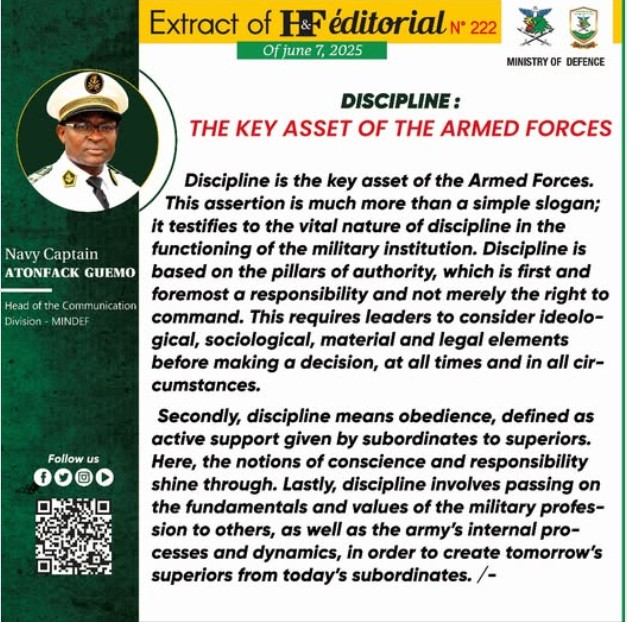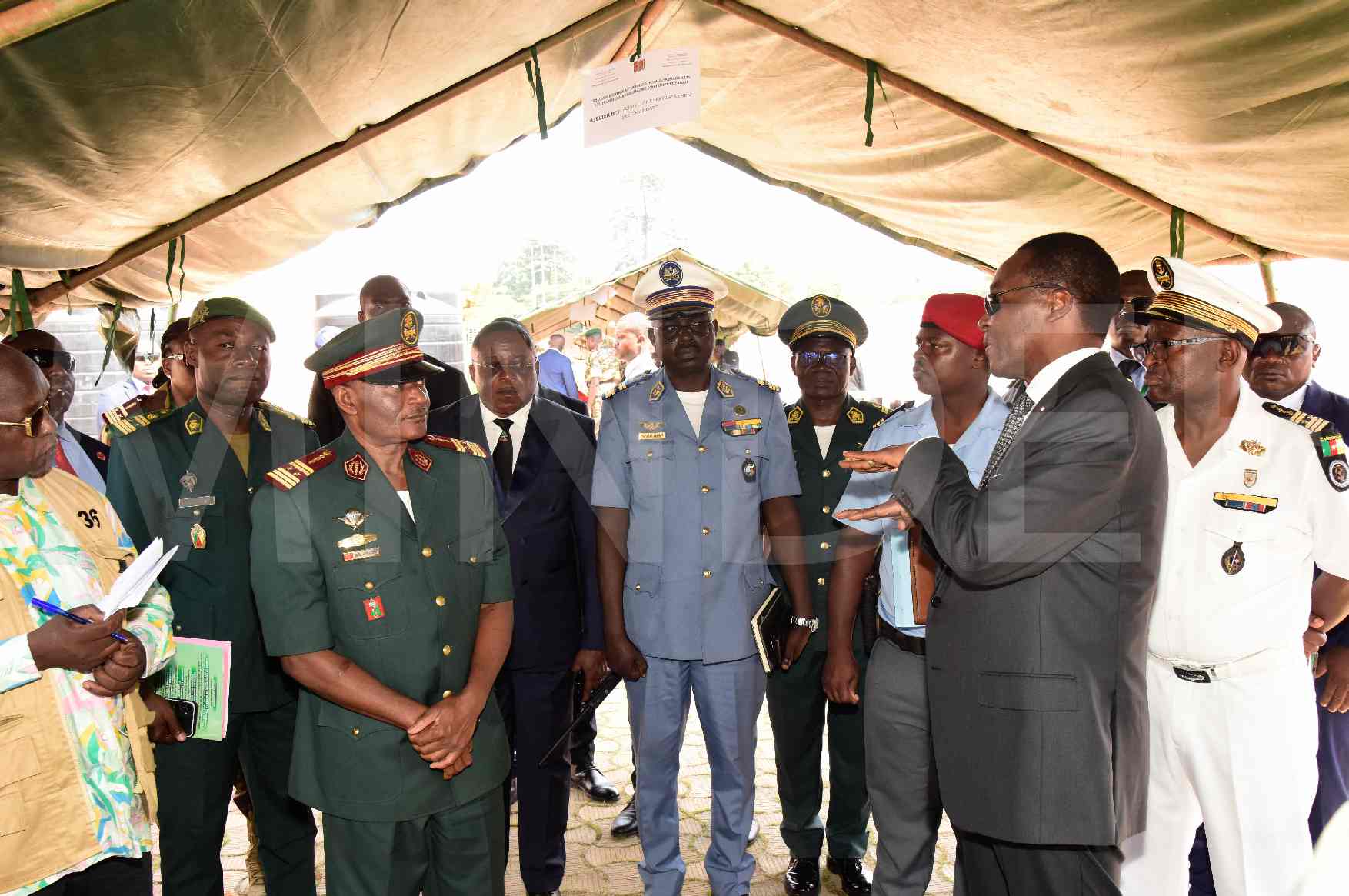Discipline is the key asset of the Armed Forces. This assertion is much more than a simple slogan; it testifies to the vital nature of discipline in the functioning of the military institution. Discipline is based on the pillars of authority, which is first and foremost a responsibility and not merely the right to command. This requires leaders to consider ideological, sociological, material and legal elements before making a decision, at all times and in all circumstances.
Secondly, discipline means obedience, defined as active support given by subordinates to superiors. Here, the notions of conscience and responsibility shine through. Lastly, discipline involves passing on the fundamentals and values of the military profession to others, as well as the army’s internal processes and dynamics, in order to create tomorrow’s superiors from today’s subordinates.
In order to make a truly active contribution, subordinates need to be equipped with the technical and cognitive skills and knowledge to understand situations and their implications. This enables them to provide appropriate solutions in line with their level of responsibility. Subordinates should also have a fairly broad perspective of their environment, giving them the capacity for initiative and the power of anticipation.
All these skills can only be acquired through serious, intensive, extensive and, above all, continuous training. Hence the importance, and even the imperative duty, of those in authority educating their subordinates. Otherwise, how can we hope for effective collaboration other than through education? What other method is likely to foster the necessary cohesion for collective action? Only training can instil moral, civic and human values in troops.
Furthermore, training that adheres to pedagogic principles, through the physical presence of the leader, on the one hand, and the interaction it enables, on the other hand, plays a key role in eliminating the kind of distrustful distance that can develop between different categories of personnel. It also helps to prevent distortions in the transmission and execution of orders. As a great military leader once said: “The best way to command is not to place yourself above your men, but in their midst”. End of quote.
Once they are well equipped and free from corporatist considerations, leaders and subordinates can devote themselves entirely to the success of their shared mission, united by a spirit of self-sacrifice and brotherhood. This spirit will be the determining factor in success, as it encourages the exercise of an authority that attracts support rather than coerces it, resulting in spontaneous obedience.
Since an army is only as strong as its leader, we can deduce that the successful leader is the one who first educates, then instructs, and finally supervises. /-




